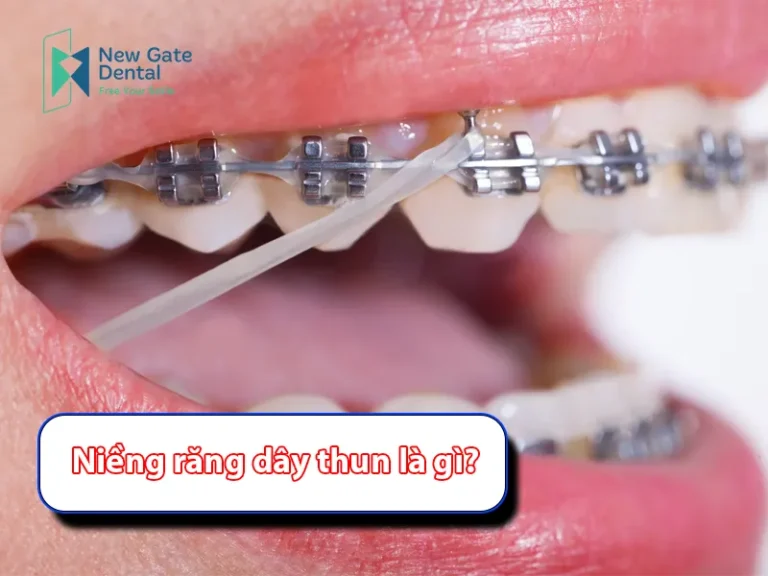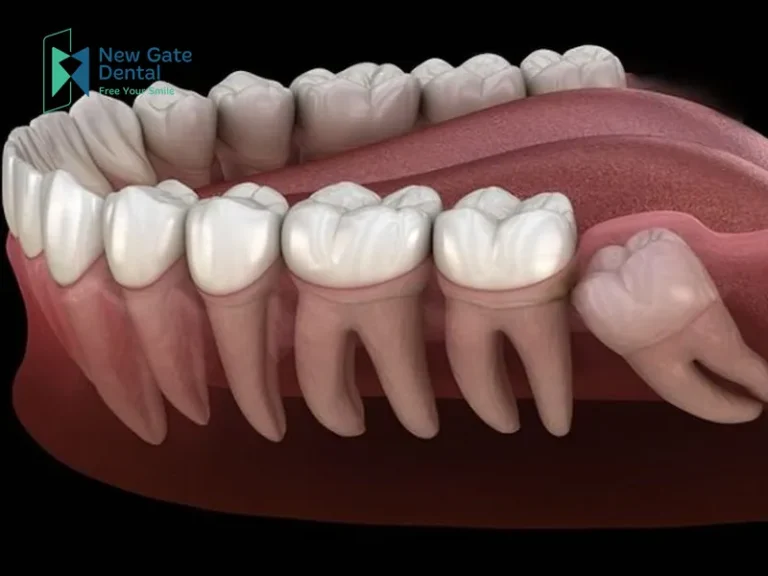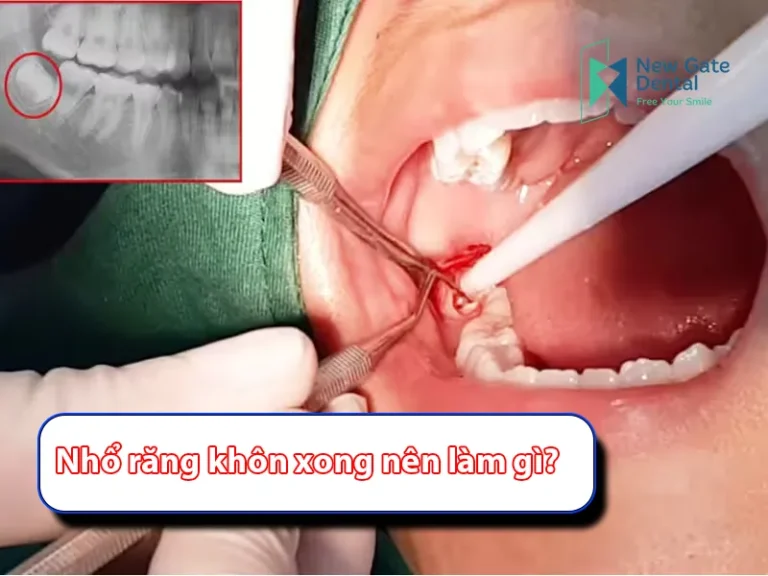What is bracket screw placement? The orthodontic process involves more than just brackets, archwires, and separators; it also includes devices that help the orthodontic procedure progress quickly and effectively. One such common device used in braces is the bracket screw. So, what is the purpose of bracket screw placement? Does it hurt? Let’s explore this with New Gate Dental.
What is Bracket Screw Placement?
A bracket screw is a specialized device used during orthodontic treatment. It is typically made from titanium and has a small spiral design.
Not every orthodontic case requires screws; only specific cases need this type of device.
For patients with significant dental discrepancies, doctors need to place screws into the jawbone to create an anchorage point. This helps to guide the teeth movement accurately, preventing them from deviating from their intended path.
Bracket screw placement is indicated to generate force on the brackets, optimizing the orthodontic process. This method is often utilized in metal braces, with an average of four screws used.
Does Bracket Screw Placement Hurt?
Many patients wonder if bracket screw placement is painful, considering that screws are made from metal and are attached to the jawbone. But what is the reality? Let’s find out with New Gate Dental:
In reality, the process of placing screws does not cause the pain you might expect. Before the procedure, the doctor will administer local anesthesia to the area where the screws will be placed.
The discomfort may only arise during the administration of the anesthesia and after its effects wear off. Depending on each person’s pain threshold, the level of discomfort will vary. Generally, this sensation is manageable and not unbearable.
The doctor’s anesthesia technique also greatly impacts the post-placement discomfort. Therefore, it’s important to choose a reputable orthodontic practice to ensure a smooth and gentle treatment process.
When is Bracket Screw Placement Necessary?
As previously mentioned, not every case of braces requires screw placement. Only certain conditions necessitate this procedure. Specifically, when is bracket screw placement needed?
- Protruded Teeth: Protruded teeth occur when the upper front teeth extend too far outward compared to the lower teeth, causing loss of confidence in communication and difficulties in eating. In cases of severe protrusion, in addition to the force from the archwire, doctors often recommend using screws to create additional anchorage, enhancing the effectiveness of tooth alignment.
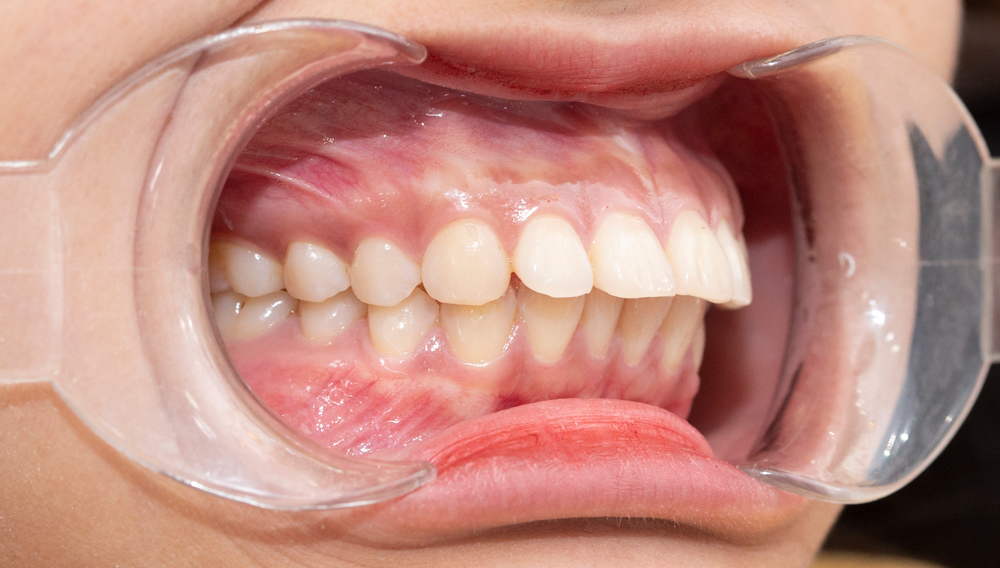
- Gummy Smile: A gummy smile is characterized by excessively long tooth crowns and thick gums, leading to a lack of confidence in one’s appearance. In this scenario, bracket screw placement is indicated to help intrude the teeth, improving aesthetics and facial symmetry.
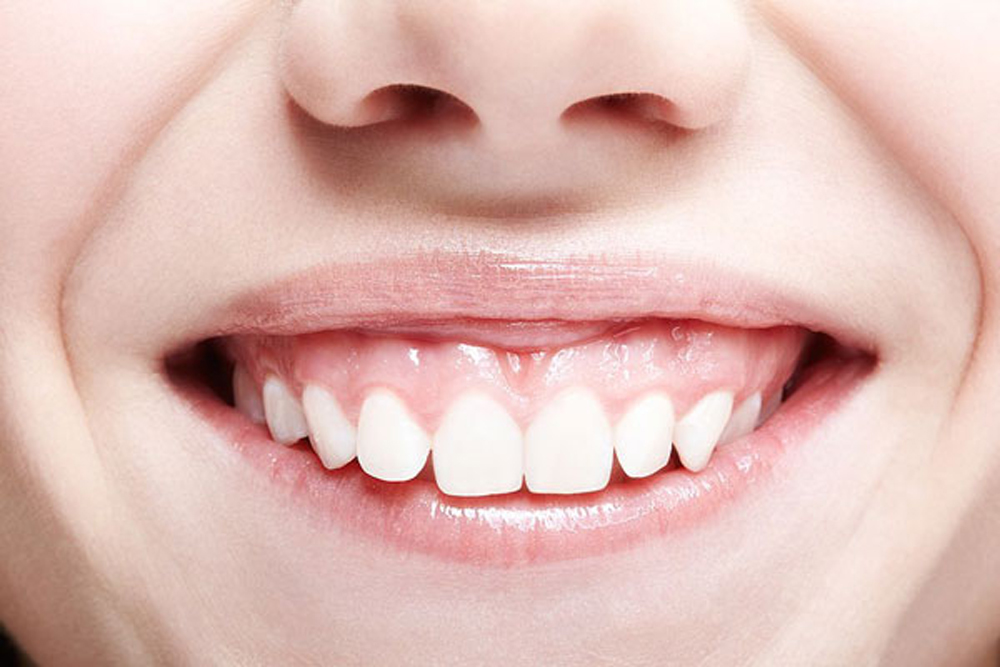
- Stiff Jawbone: A stiff jawbone makes it challenging for teeth to move. To facilitate the arrangement of teeth in such cases, doctors must place screws.
- Tooth Loss: The sixth tooth is a critical anchor point in orthodontics; therefore, when this tooth is lost, patients may require additional screws to assist in the orthodontic process.
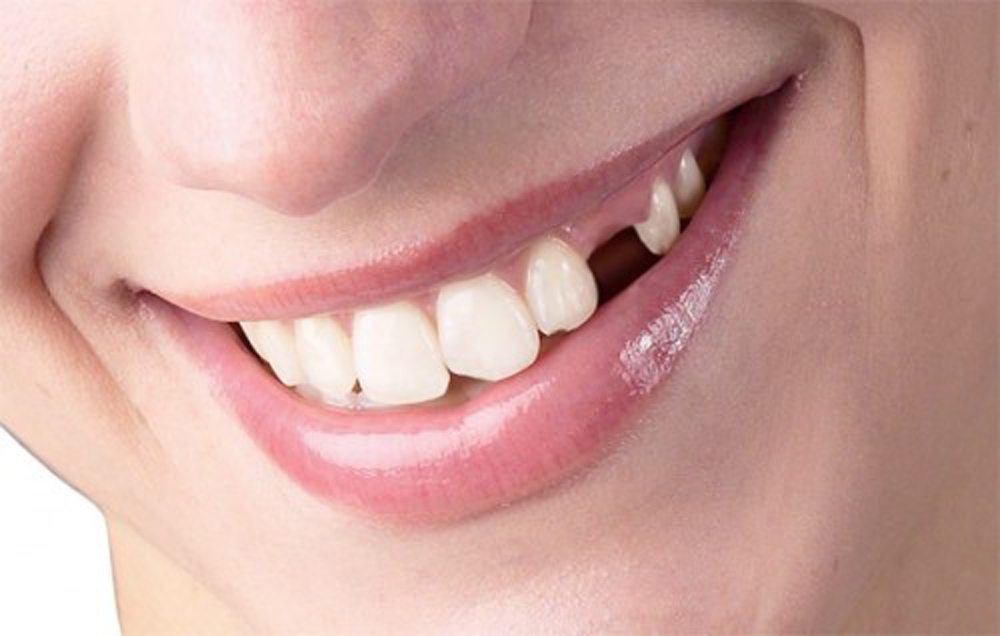
Bracket Screw Placement Procedure – New Gate Dental, District 1
Just like attaching brackets and archwires, using screws must be performed following a proper procedure and technique to minimize discomfort. Here’s the bracket screw placement procedure at New Gate Dental.
Step 1: X-ray Examination.
Before placing the screws, patients undergo an X-ray to check the structure and quality of their jawbone.
Step 2: Anesthesia.
If the patient has healthy jawbone quality and is suitable for screw placement, the doctor cleans the oral cavity, applies topical anesthesia, and administers local anesthetic.
Step 3: Screw Placement.
Next, the doctor uses specialized equipment to twist the screws into the jawbone. The screws are securely attached to the bone using mechanical anchorage, ensuring biological stability, so the screw placement process is quite quick.
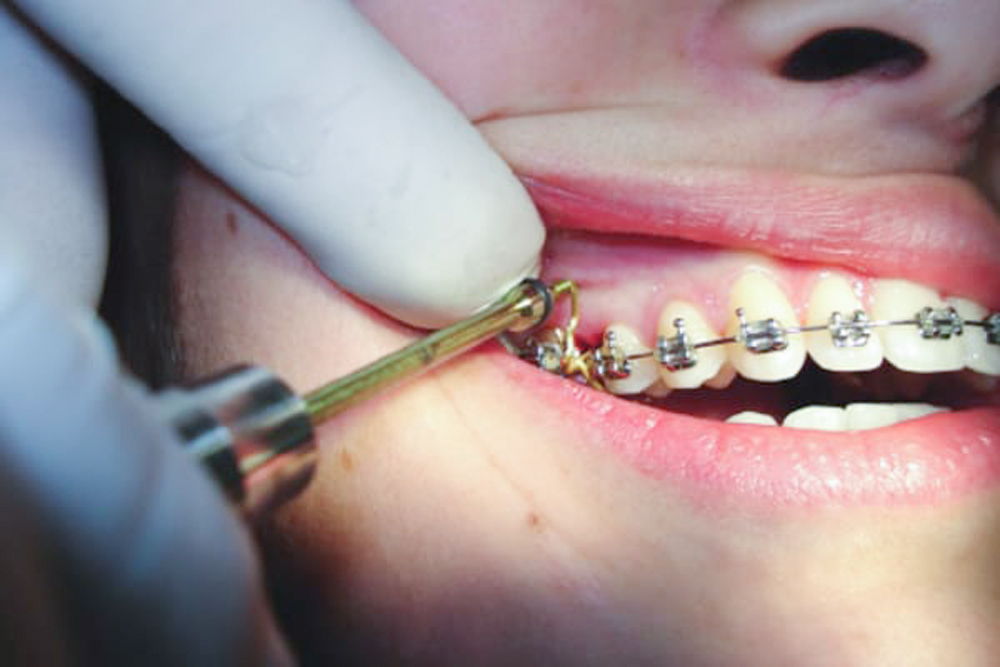
Screw placement at New Gate Dental takes about 5 – 7 minutes and is generally painless due to prior local anesthesia.
After the anesthesia wears off, you may feel discomfort for about a day. It’s advisable to prepare pain relief methods such as cold compresses, warm compresses, and maintaining proper oral hygiene to alleviate discomfort.
Trusted Orthodontic Clinics in Ho Chi Minh City
New Gate Dental is a reputable orthodontic clinic in Ho Chi Minh City, especially for clients in central areas like District 1, District 3, and District 10.
With a team of well-trained dentists dedicated to their work, New Gate Dental has helped numerous patients navigate their orthodontic journey and screw placement process smoothly.
100% of customers after their orthodontic treatment at New Gate report positive feedback about the services. The remarkable transformations seen in patients before and after treatment motivate New Gate to continue developing and enhancing their skills.
If you’re facing issues with protruded, misaligned, or spaced teeth, let New Gate help you regain your confident smile in just 12 – 18 months!
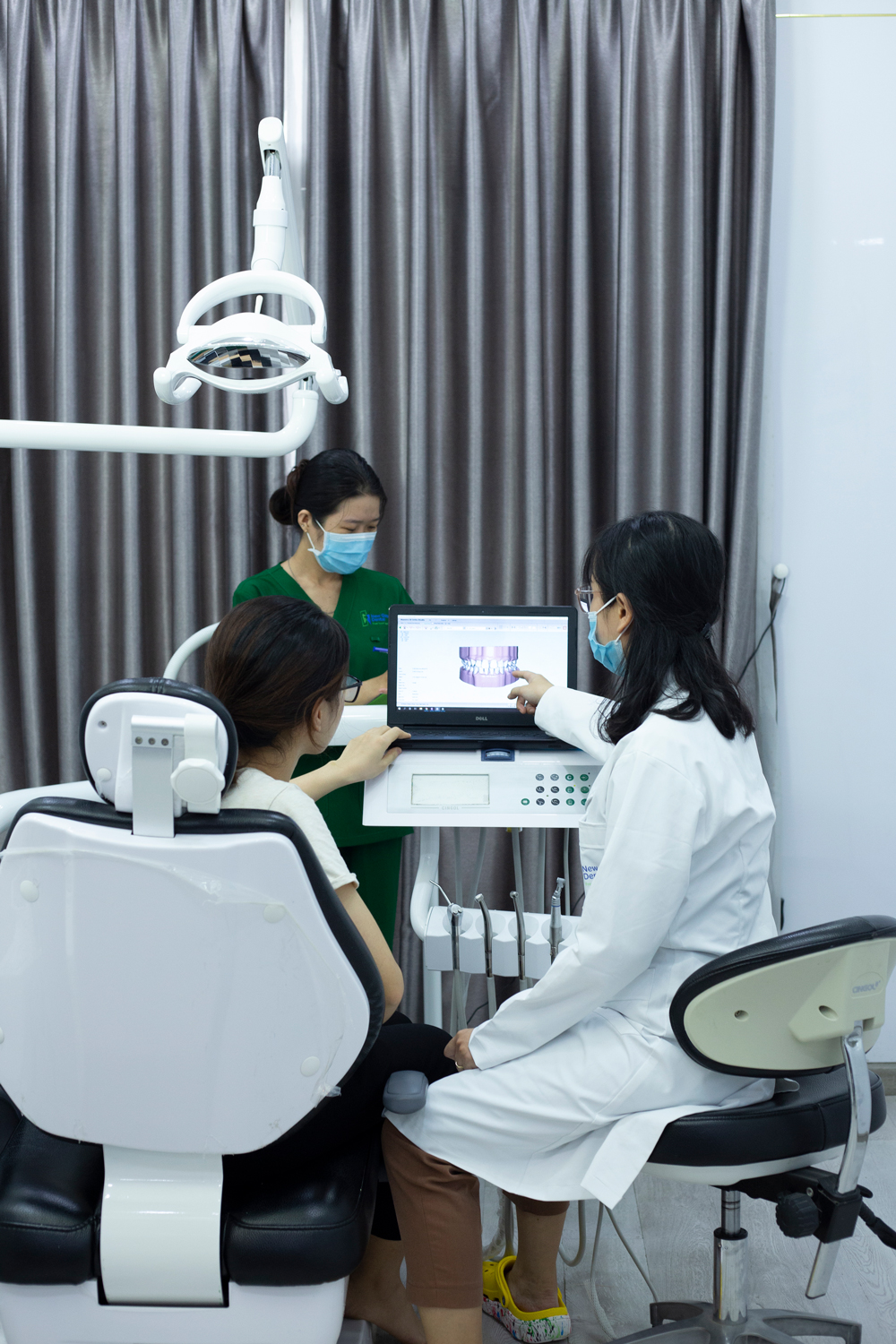
International Dental Clinic New Gate Dental
Contact Information:
- Branch: 04 Dang Tat Str., Tan Dinh Wd., District 1, HCMC
- Branch: 218 Tan Huong Str., Tan Quy Wd., Tan Phu Dist., HCMC
- Hotline: 085 522 9911
- Website: NewGateDental.com
- Fanpage: New Gate Dental
- NewGate Dental Treatment pricing chart - 06/10/2024
- What Are Orthodontic Rubber Bands? Types of Rubber Bands Used in Braces - 04/10/2024
- When Should You Extract Wisdom Teeth? - 04/10/2024


